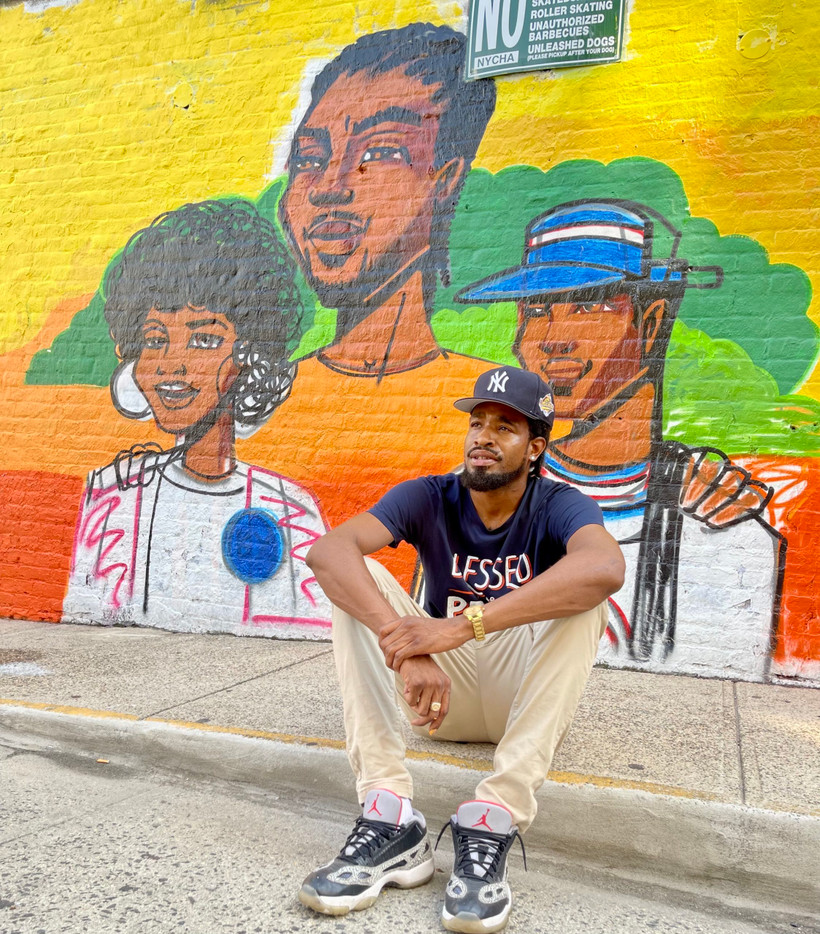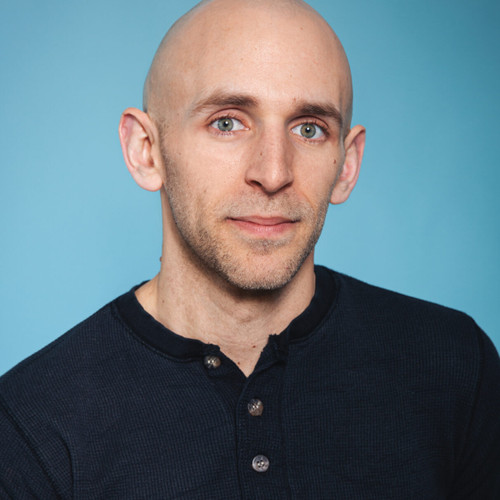Perspective: Joe Biden, Eric Adams and the Myth of Policing Our Way to Safety
In 2016, the NYPD and federal prosecutors staged a massive “gang bust” that derailed the lives of dozens of young people — including me — while failing to improve public safety. Why is Eric Adams doubling down on this failed strategy?

This piece was published in our Perspectives section. Kraig Lewis is a community organizer, educator, and advocate with the GANGS Coalition, a grassroots organization that works to end the harms of so-called gang policing while promoting alternatives and providing support.
This piece was published in our Perspectives section. Kraig Lewis is a community organizer, educator, and advocate with the GANGS Coalition, a grassroots organization that works to end the harms of so-called gang policing while promoting alternatives and providing support.


